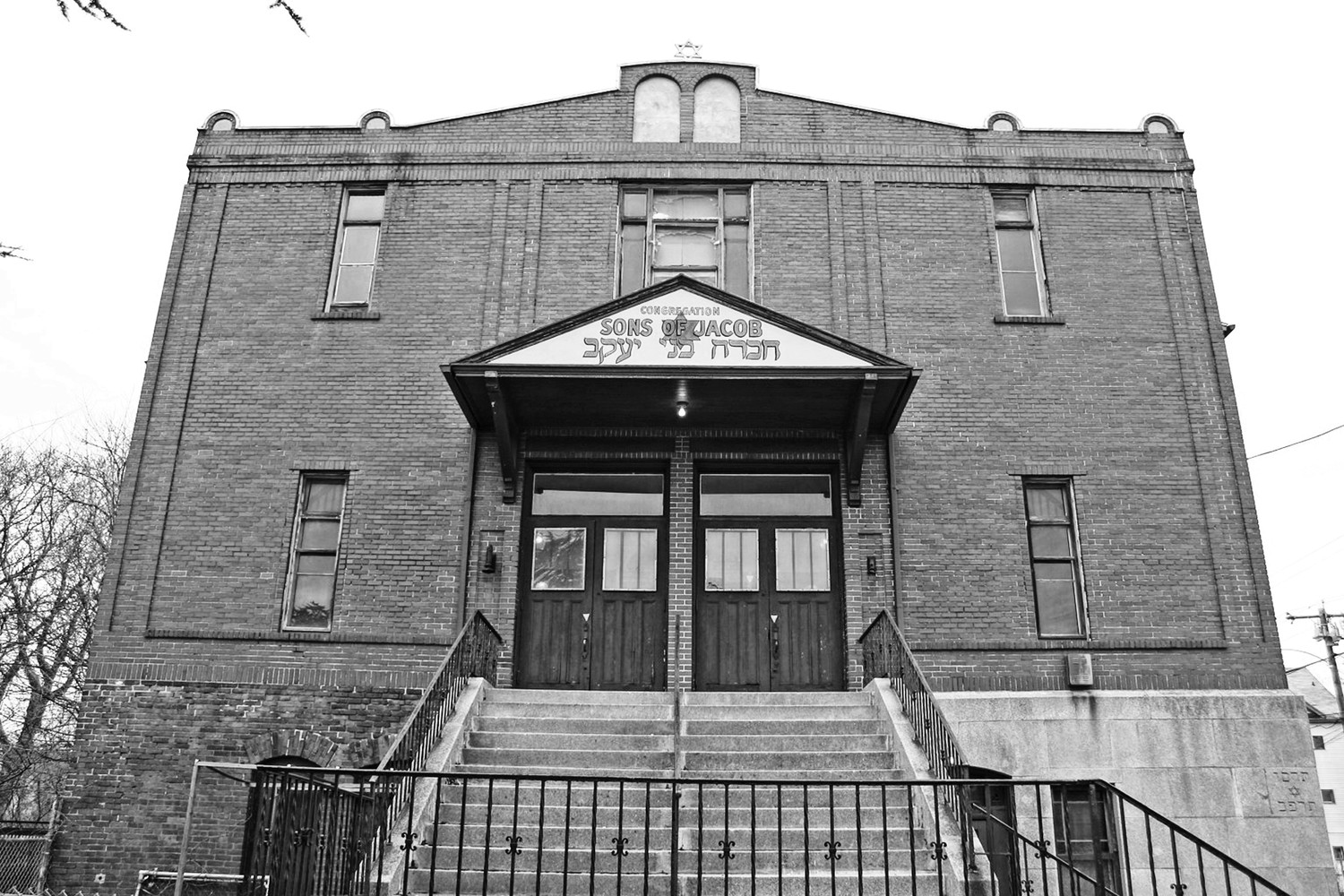The found Magen David – and its long heritage
Repairs sometimes bring unexpected items to light
Larry Parness, the treasurer of the Rhode Island Jewish Museum, which is housed in the Sons of Jacob Synagogue, was concerned about the synagogue’s roof. He and the contractors went to the roof to check the buttress at the back of the building. On the way, in a corner of the attic, they discovered a Magen David, 22 inches tall and covered in silver oxide.
After some investigation, Parness realized that the star had originally been placed on the parapet of the Providence synagogue, over the outside staircase. And now, the serendipitously “discovered” Magen David is being restored. One day, it will again grace the outside of the building.
But why a Magen David? What is its history? In the ancient world, going back as far as the Babylonians, both six- and five-pointed stars were in common use, perhaps at times as magical symbols.
The oldest known use of the six-pointed star by Jews is on a seal from the seventh century B.C.E. that was found in Sidon (modern-day Lebanon). It continued to be used by many cultures – Jews, Christians and Muslims – up through the Middle Ages and all over Europe. In fact, it was called the Seal of Solomon by Christians and was believed to have been used by Solomon to keep demons under his control.
In the early 1300s, the symbol was first called the Magen David by Jews, but it was not a common name. According to the Encyclopaedia Judaica, “The emblem of David’s shield was not the image known by this name today, but Psalm 67 in the shape of the menorah. This became a widespread custom, and the ‘menorah Psalm’ was considered a talisman of great power. A booklet from the 16th century says: ‘King David used to bear this psalm inscribed, pictured and engraved on his shield, in the shape of the menorah, when he went forth to battle, and he would meditate on its mystery and conquer.’ ”
The star (Seal of Solomon) and the menorah (shield of David) eventually merged, with the star pattern, whether with straight or curved sides, winning out. It took on the name Magen David. While it was first used as a symbol of Judaism by the Foa family, printers in Italy from the mid-1500s, it was adopted and spread from Prague throughout Europe in the mid-1600s. Again, according to the Encyclopaedia Judaica, “The prime motive behind the wide diffusion of the sign in the 19th century was the desire to imitate Christianity. The Jews looked for a striking and simple sign which would ‘symbolize’ Judaism in the same way as the cross symbolizes Christianity.”
Nowadays, the Magen David is used as a symbol among Jews everywhere – on the Israeli flag, on jewelry, on notecards and on religious buildings.
The mission of the Rhode Island Jewish Museum, established in 2016, is to celebrate the art, history and culture of Rhode Island’s Jewish community.
For more information about the museum, visit the website at RhodeIslandJewishMuseum.org.
RUTH BREINDEL is a past president of the Rhode Island Jewish Historical Association.











